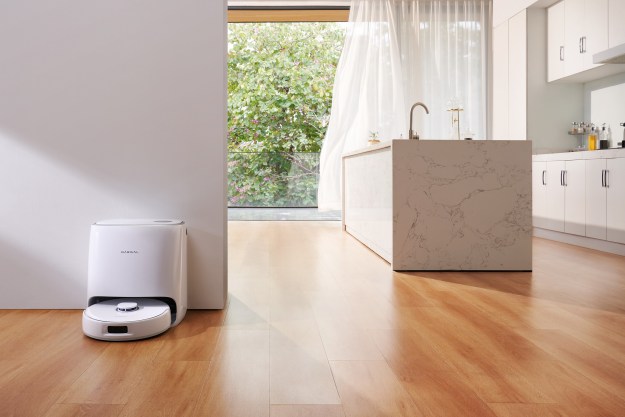
As part of the company’s CES announcements, Microsoft has taken the wraps off Windows Home Server, a new software platform designed to let home computer users centralize their digital media, access it from anywhere in the home or remotely via the Internet, and backup and restore files and data on their Windows PCs—even “rewind” troublesome PCs to a point in the past where they were working properly.
“As computers and digital media become more and more central to family life, we need better ways to organize, share and protect digital content and information at home,” said Microsoft chairman Bill Gates, in a statement. “Windows Home Server makes it easy for families to save, protect and access digital memories and experiences so they can focus on using technology to organize their day-to-day lives, explore their interests and share their memories with the people they care about.”
Windows Home Server isn’t intended as a traditional software product; instead, it’ll be delivered on hardware-based solutions from Microsoft partners operating as “always on” devices on users’ home networks (although developers will also be able to roll out software products based on Home Server). First out the door will be Hewlett-Packard, with its MediaSmart Server, which will be based on an AMD 1.8 GHz Sempron processor, offer 4 USB 2.0 ports, gigabit Ethernet, four hard drive bays (the server will ship with either one or two drives, although the capacities haven’t been set), and support for up to 10 user accounts plus a limited Guest account which can access file and print sharing services. HP says storage capacity on the MediaSmart Server is limited only by available bays and USB 2.0 ports: popping 750 GB drives everywhere, that means 6 terabytes of storage—and Hitachi just announced 1 TB drives, pushing things to a possible 8 TB without invoking additional hardware solutions. Microsoft anticipates other partners will develop and ship their own Home Server devices as well. File sharing services will work with Linux and Mac OS X computers, not just Windows PCs. AMD, Inventec Corp. and Quanta Computer Inc., are also on board with Windows Home Server reference designs.
Users of Windows Home Server will be able to store and organize their digital media via pre-defined shared folders—including photos, video, music, and more—and access that media from any PC (or Xbox 360!) on the home network, as well as from anywhere in the world via the Internet using a Windows Live Internet address to connect to the Home Server unit via broadband Internet.
Windows Home Server will also be able to back up Windows PCs running Windows Vista or Windows XP, including the ability to restore lost or damaged files or “rewind” an entire PC to a certain point in time where it was known to be working properly. Users will also be able to use Windows Home Server to monitor the health of their Vista-based PCs, pro-actively finding and resolving problems. And the server will have a pie-chart showing current capacity, so users will know when they have to add storage or archive/ditch data.
When will Windows Home Server hit the streets? The only word from Microsoft is “later this year,” but Microsoft and HP are demonstrating their solution at CES this week.


